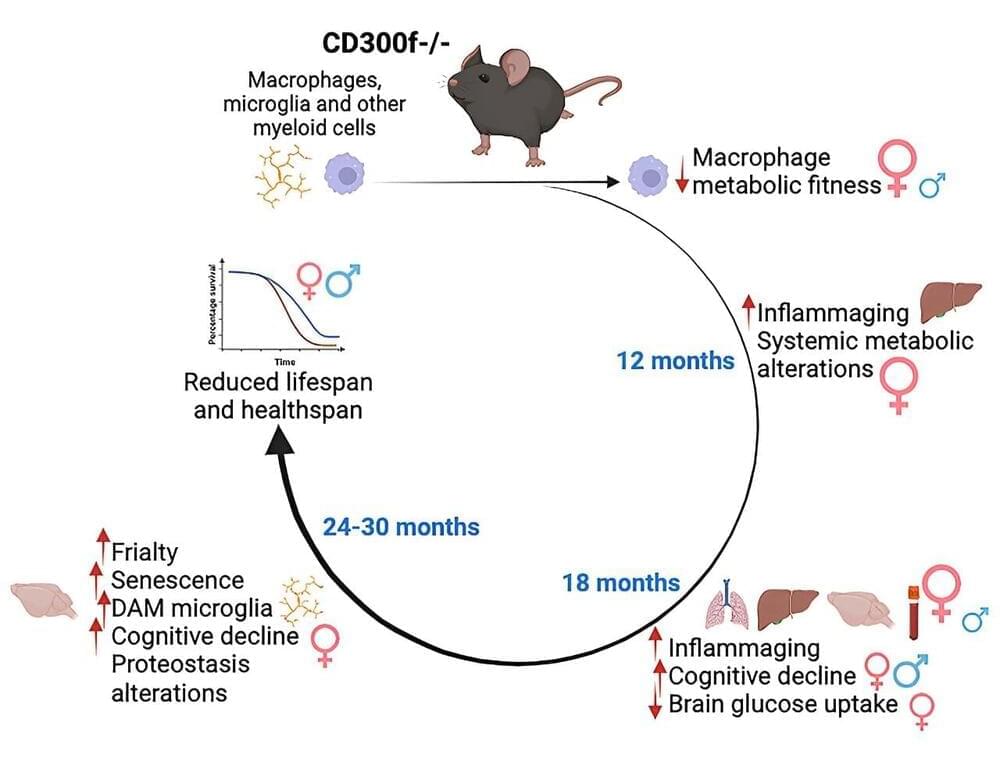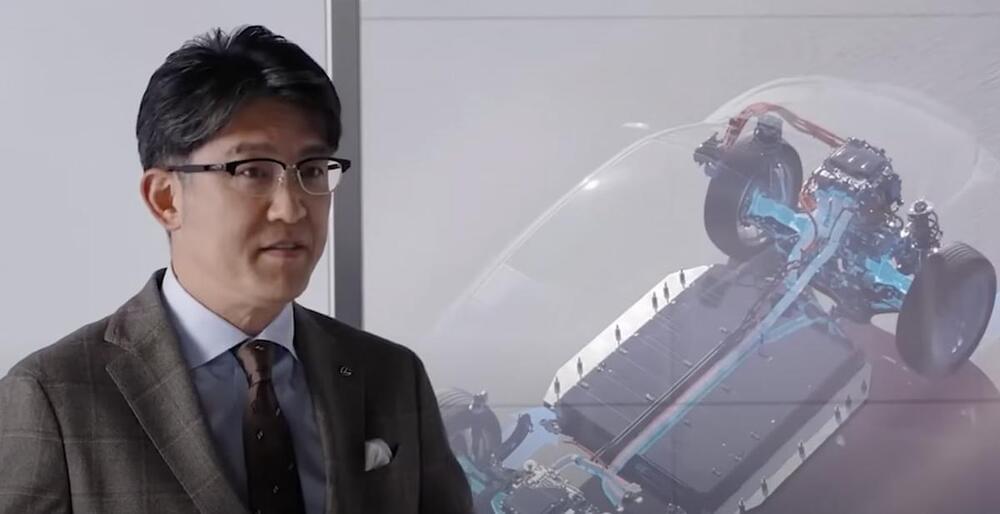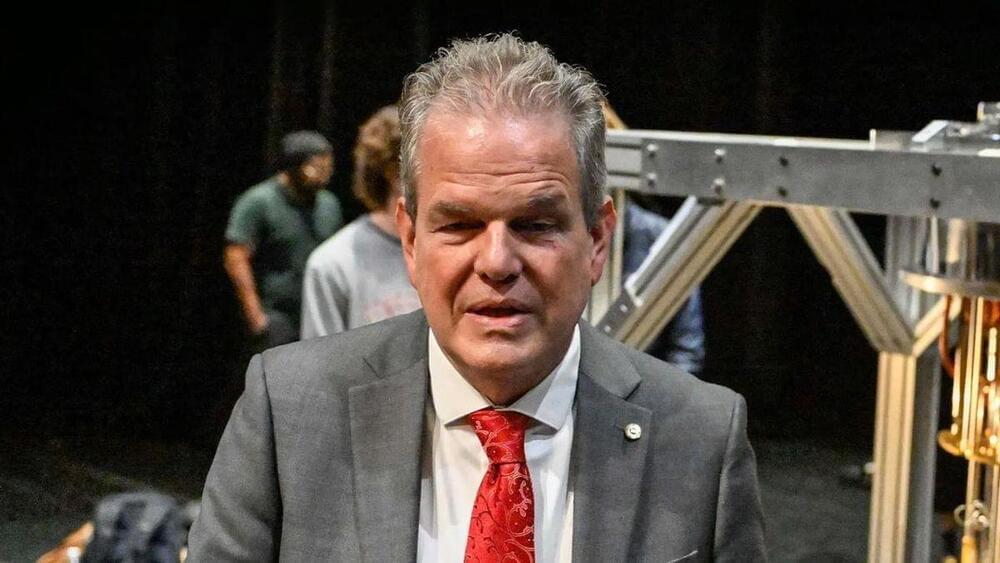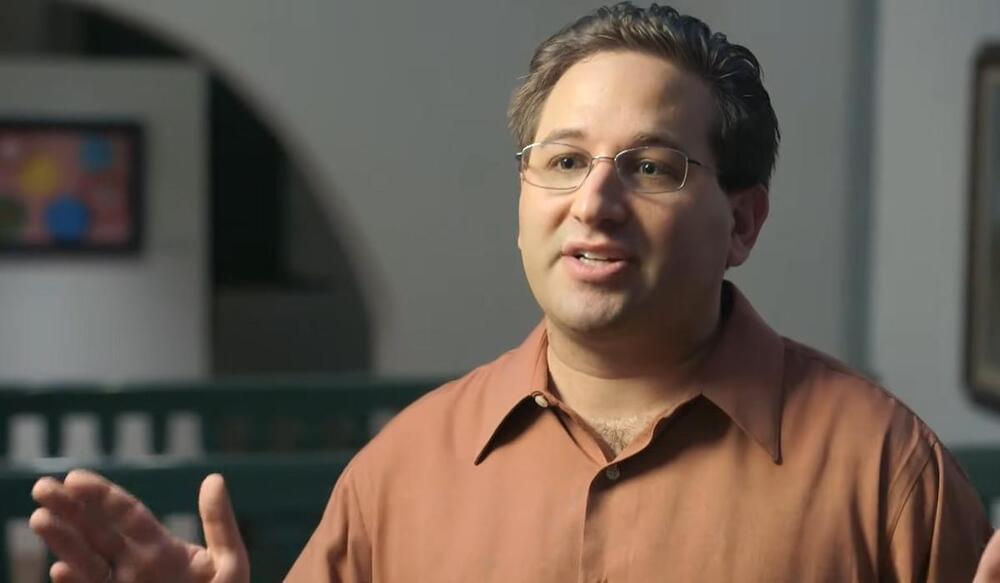Researchers report that they have developed a new composite material designed to change behaviors depending on temperature in order to perform specific tasks. These materials are poised to be part of the next generation of autonomous robotics that will interact with the environment.
The new study conducted by University of Illinois Urbana-Champaign civil and environmental engineering professor Shelly Zhang and graduate student Weichen Li, in collaboration with professor Tian Chen and graduate student Yue Wang from the University of Houston, uses computer algorithms, two distinct polymers, and 3D printing to reverse engineer a material that expands and contracts in response to temperature change with or without human intervention.
The study findings are reported in the journal Science Advances.







